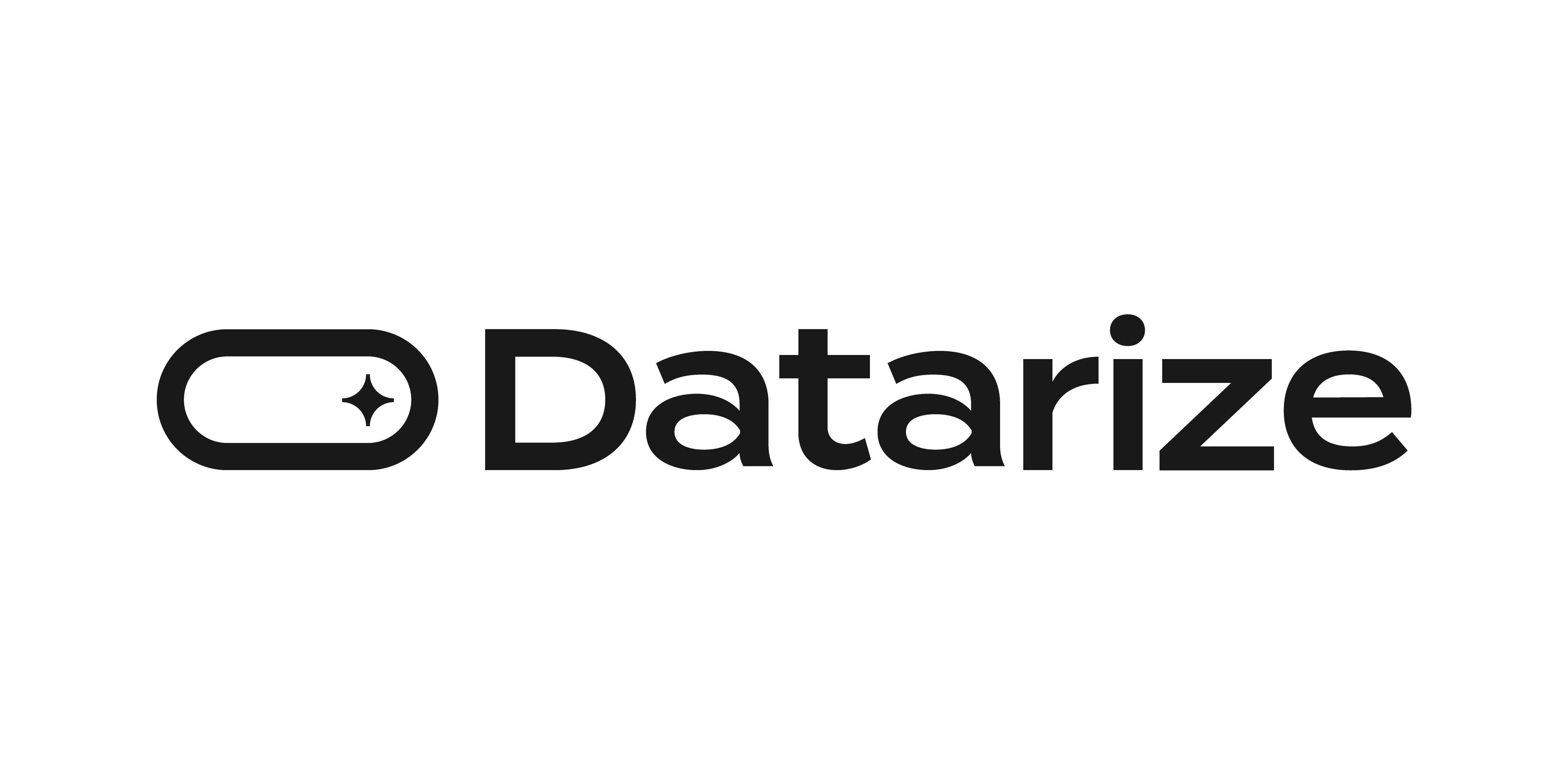We consistently strive to identify the moments when our customers alter their decisions. By diversifying advertising materials, preparing numerous types of coupons, and creating detailed pages, we prepare for every possible scenario our customers may encounter with our brands. Today, we’d like to talk about Full-Funnel marketing, which prepares for this in a more strategic manner.
What is Full Funnel Marketing?
Full Funnel Marketing is an approach that takes the customer’s entire journey into consideration. Many people view it as analogous to the framework of a traditional marketing funnel. However, a traditional funnel and a full-funnel are not interchangeable concepts. A traditional funnel interprets the AARRR framework as a linear path leading to a purchase, while Full-Funnel Marketing adopts a more three-dimensional perspective in analyzing the purchase journey and devising strategies. In other words, it is a strategy that aims to stimulate purchases and enhance brand experience by examining the customer’s journey from all 360 degrees.
Different Purchase Journeys
.png?width=1920&height=1080&name=%EC%9D%B4%EB%AF%B8%EC%A7%80%20%EB%94%94%EC%9E%90%EC%9D%B8%20(3).png)
I’ll provide a simpler explanation with an example. Let’s say a homewear company has two purchases. First, Customer A sees an ad for ‘homewear for summer vacation’ on TV. She was planning to go on a vacation next summer and needed some outfits. So, she goes to her mobile phone and searches for Brand M. While browsing Brand M’s online store, she finds an outfit with a design she likes. To get more details about this product, she searches for it on a search engine. Based on the search results, she discovers another cheaper product with a similar design and logs into that site. To ask her friend which product is better, she goes on her instant messaging app, then notices that a different shopping platform is offering a sales coupon through the messenger app’s advertising banner. She clicks on the banner, gets the coupon, and buys the outfit from Brand M.
Customer B decides to buy an outfit after her homewear gets torn. She searches for 'women’s homewear' on her favorite online shopping platform and looks for the product with the quickest shipping and the best reviews. She finds Brand M’s homewear, which is the best-selling and has the highest rating. She's satisfied with the product and leaves a review. She uses the points she earned from leaving a review to buy her husband an outfit as well.
Comparisons between Customer A and B
Customer A does not follow the traditional funnel. Instead, she repeatedly cycles through exiting and re-entering before deciding to make a purchase. On the other hand, Customer B moves directly from showing interest to making repeat purchases.
2. Multi-channeled.
A total of 5 channels had influence on the customer: TV ad, a search engine, the brand’s own online shopping mall, an instant messenger, and a multi-shopping platform.
3. Different factors trigger a desire to make a purchase.
Customer A was influenced by five factors when making a purchase: the need for a summer vacation outfit, positive reviews, pricing, recommendations from peers, and a sales coupon. It's challenging to pinpoint which factor had the most significant impact. In contrast, Customer B's decision was primarily influenced by her previous experience with the product.
Why Full-Funnel Marketing is essential in e-commerce marketing.
As you can see, a customer may loop through a single funnel multiple times or bypass it entirely. For customers like these, meeting their needs with a linear marketing strategy will be challenging. Full-Funnel Marketing tailors a marketing approach to each stage of the customer’s purchase journey, aiming to prevent churn and stimulate purchase desires. By anticipating various purchase paths and engaging at different stages of the funnel, it enables purchases at any point in the funnel.
How to easily implement Full Funnel Marketing.
There's no need to overcomplicate things just because it involves 3-dimensional marketing. Integrating standard performance marketing with CRM allows you to start immediately. Here's an example: by employing Datarize’s ON/OFF method to activate the CRM and integrating it with performance marketing, you can create a total of six campaigns. The key is to design these campaigns to motivate customers to make a purchase regardless of the funnel stage they enter from.
.png?width=1920&height=1080&name=%EC%9D%B4%EB%AF%B8%EC%A7%80%20%EB%94%94%EC%9E%90%EC%9D%B8%20(4).png)
Campaign 1) Live ads for every specific product (Performance)
- Target: All
- Content: Ad for multiple products with corresponding CTA
Campaign 2) Activate on-site banners on the landing page. (CRM)
- Target: Customers acquired through the landing page
- Content: Introducing coupon promotions related to products.
Campaign 3) Promotional Email (CRM)
- Target: Members who did not visit through the landing page
- Content: Introducing coupon promotions related to products.
Campaign 4) Running retargeting live ad campaigns (Performance)
- Target: Churned customers (Retargeting)
- Content: Coupon Promotion with customer reviews
Campaign 5) Coupon Expiration Alerts (CRM)
- Target: Members who didn’t make a purchase after receiving a coupon
- Content: Promotion Coupon expiration alert.
Campaign 6) Activate On-Site Banners on the shopping page. (CRM)
- Target: Customers acquired through notification messages and friend messages.
- Content: Notifying customers about the social proof of the product they are currently viewing.
Closing words.
Today, we've covered the concept and execution of Full-Funnel Marketing. As previously explained, Full-Funnel Marketing involves various campaigns working together simultaneously. Due to this integrated approach, many believe it requires substantial resources for data analysis. However, the objective of data analysis is to identify improvement points for better direction, so it's essential to identify and verify the necessary metrics. In our next article, we will delve into the key indicators needed to evaluate for conducting effective analysis.

-1.png)
-1.png)
.png)
-2.png)